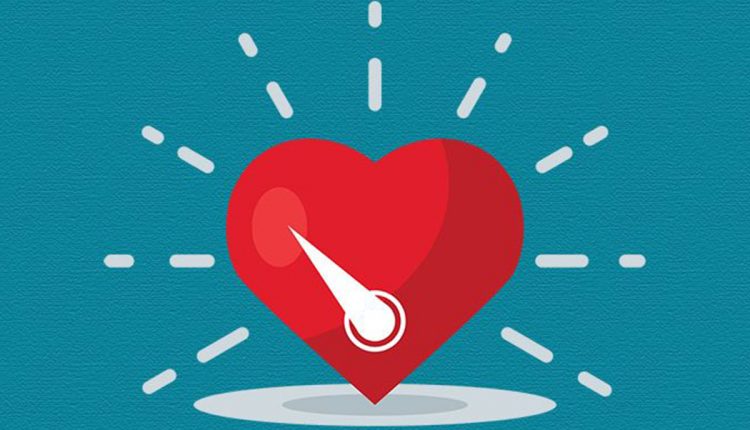
We commonly hear more about hypertension and increased blood pressure than we do about low blood pressure or hypotension. That is justified since hypertension has caused more deaths than hypotension commonly has. It is important however to not ignore the hazards of hypotension. Blood pressure away from the range of normal, whether high or low, is worrisome. Hypotension may be more dangerous than you may think. To be healthy and to keep running as a horse, it is imperative to keep your blood pressure between the normal range-not too high and not too low.
More about Low Blood Pressure
The term “Hypotension” refers to abnormally low blood pressure. To know about the hazards of abnormally low blood pressure, let us first review the actual definition of blood pressure itself. What is blood pressure? Simply put, blood pressure is the force with which blood hits the walls of the arteries in the heart. Often times we come across blood pressure readings written as “120/80 mmHg”. The first number refers to the systolic blood pressure, which measures the blood pressure when the heart is pumping blood. The second reading is the diastolic blood pressure, which measures the blood pressure when the heart is at rest. The mmHg refers to mm of mercury- the unit used to measure blood pressure.
Strictly speaking, normal blood pressure is considered normal when under 120/80. A person is said to be hypotensive when the blood pressure is less than 90/60.
How can you tell if someone has hypotension?
In its initial stages, hypotension may present with the following symptoms:
- Lightheadedness
- Dizziness
- Feeling weak, not usually strength
- Nausea
- Chills
- Fatigue
- Depression
- Thirst
- Cold and clammy pale skin
- Rapid, shallow breathing
These are just the initial symptoms which can be easily treated at home. The later, more severe symptoms of hypotension may present as the following:
- Black tarry stools
- Irregular heart beat
- Chest pain
- Fever above 101 degrees Fahrenheit
- Inability to eat or drink
- Burning sensation in micturition
When you feel the above mentioned symptoms appearing, take note of the time and the situation in which they appear. That will make it easier for your doctor.
What are the different types of hyotension?
Even if the symptoms of hypotension are similar, there are different types to it. Some of these are mention below:
- Orthostatic hypotension:
This type of hypotension is associated with positional changes. It may be encountered when shifting position for example when switching from a sitting or lying down position to standing up.
- Postprandial hypotension:
In this type of hypotension, adults and people usually above 50 or 60 years of age experience some dizziness and other symptoms of hypotension after a meal. Hence the term “post prandial”.
- Neurally-mediated hypotension
This type of hypotension is mostly seen in younger people. It happens when there is a miscommunication between the heart and brain signals. Especially when standing for long periods, the heart and the brain may engage in and crossfire resulting in hypotension.
- Severe hypotension:
This type is a more serious and life threatening one. It is related to shock and therefore needs to be dealt with immediately.
How can hypotension be treated?
Once the cause and type of hypotension are diagnosed, treatment should begin almost immediately. Proper rehydration to restore hypotension promptly may be started. Along with this, the doctor may also advise some lifestyle modifications.
These include:
- Increasing salt intake, but not too much.
- Increase in intake of fruits and vegetable.
- Giving preference to adding some garlic in the diet.
- Exercise- specifically for hypotension. This may require professional training and thorough consultation with the doctor.
- Avoid oily and fried foods.
- Increase intake of water but make sure it is not to the extent of feeling bloated.
- Vitamin supplements especially vitamin B, C and Enjoy, more specifically vitamin B5 also work for hypotension.

